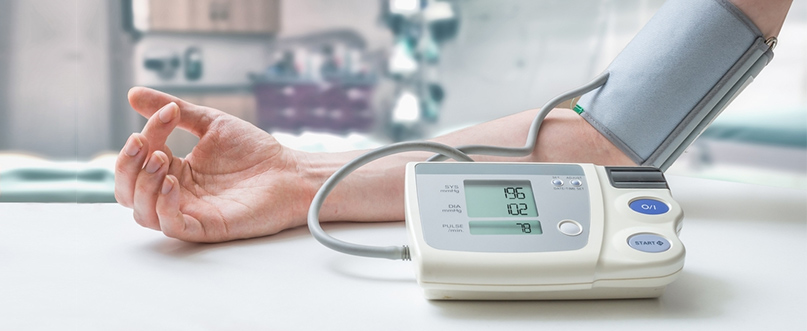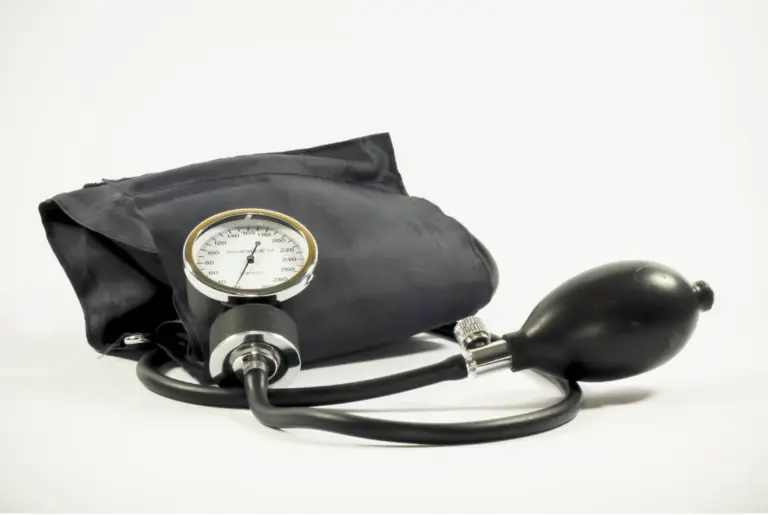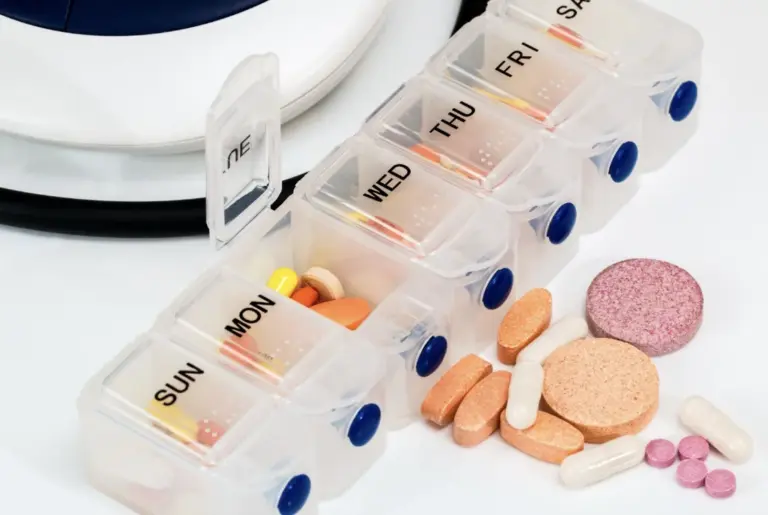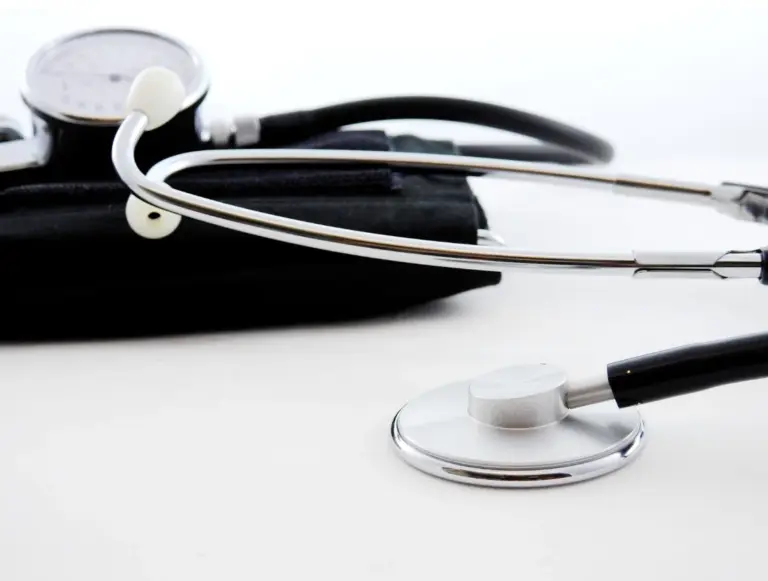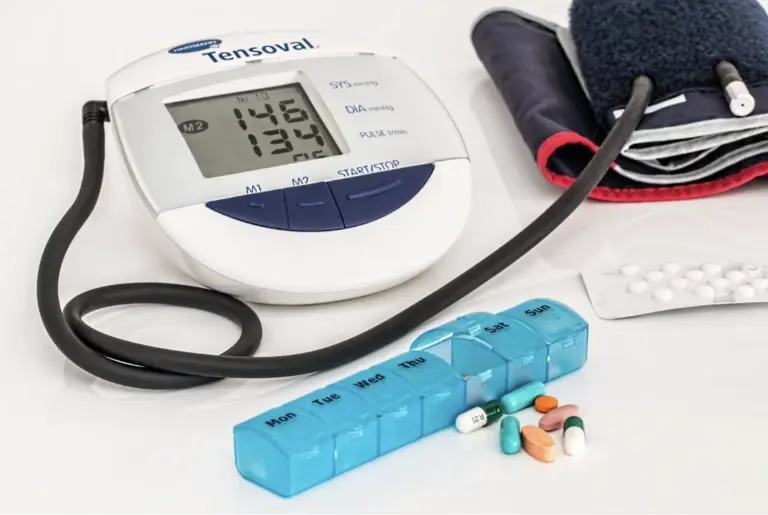Hypertension, often known as high blood pressure, is a disorder that causes an increase in the pressure inside the blood vessels (veins and arteries). It can cause significant health issues like stroke, heart attack, and renal failure. Although hypertension typically does not create any symptoms, you may not consider putting up any effort to manage the illness. However, a diagnosis implies that you must commit to taking anti-hypertensive drugs and adopting some dietary and lifestyle changes. High blood pressure is a significant risk factor for several disorders, including heart disease, stroke, and renal disease.
What is blood pressure monitoring?
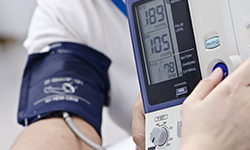
The blood is collectively pumped into the arteries each time the heart beats. A blood pressure reading is a test that determines the force (pressure) exerted inside your arteries during your heartbeats. Blood pressure is mainly estimated using two figures:
The first figure, systolic blood pressure, measures the pressure within your arteries as your heart beats.
The lower figure, the diastolic blood pressure, monitors the pressure inside the artery between heartbeats while the heart is at rest.
Millions of individuals suffer from high blood pressure, generally known as hypertension. It raises the risk of potentially fatal illnesses such as heart attack and stroke. High blood pressure, on the other hand, seldom causes symptoms. A blood pressure measurement aids in the early detection of excessive blood pressure, allowing it to be treated before it causes significant consequences.
A blood pressure reading is frequently included as part of a routine examination. Adults aged 18 and above should get their blood pressure checked at least every two to five years. If you have specific risk factors, you must be examined every year. You may be comparatively more vulnerable if you-
- are aged 40 or more,
- are overweight or obese,
- comprise of a family history either of heart disease or diabetes,
- use birth control pills.
What is white coat hypertension?

Some people notice that their blood pressure is normal at home but somewhat higher when they go to the doctor. This is referred to as the white coat syndrome or the white coat effect. The condition is named after doctors and medical personnel who wear white coats in professional settings.
Whitecoat hypertension is elevated blood pressure that happens only at your physician’s office or in a medical environment. Regular hypertension is high blood pressure that occurs in various situations other than medical ones.
A normal blood pressure value is 120/80 mm Hg. Anything beyond this level is considered high blood pressure.
Whitecoat syndrome can cause your blood pressure to rise over normal levels, but this isn’t necessarily due to a bit of case of doctor-related worry. Whitecoat syndrome may be a symptom of a more serious blood pressure problem in certain people.
How to monitor blood pressure at home

You may test your blood pressure at home with either an aneroid (manual) or digital monitor. To measure blood pressure manually, aneroid monitors are used, which are also much cheaper than digital ones. It features a gauge, which you can read by glancing at a pointer on the dial. The cuff is wrapped over your upper arm, and you inflate it by hand by squeezing a rubber bulb. For monitoring blood pressure, digital devices are becoming more prevalent. They are frequently more straightforward to use than aneroid units. The digital monitor combines a gauge and a stethoscope into a single device. There is also an error indication. A tiny screen displays the blood pressure measurement. This may be more legible than a dial.
Before you take your blood pressure, you should do the following:
- Wait 30 minutes after eating or using coffee, alcohol, or tobacco products before checking your blood pressure.
- Use the restroom.
- Take a 3 to 5-minute break, and do not chat.
- Raise your left arm to your heart level. Place it on a table or desk and remain seated.
- Wrap the cuff over your naked arm’s top section. The cuff should be tight and smooth. You should be able to slip one fingertip underneath the sleeve.
- Double-check the cuff’s positioning. Its bottom border should be 1 inch over your elbow crease.
The benefits of regular follow-ups
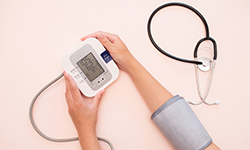
Regular check-ups may help assess blood pressure regularly, which can help prevent abrupt health concerns like heart failure and stroke. Digital blood pressure devices may be immensely beneficial to those who are unable to see a doctor regularly to have their blood pressure was taken, such as the elderly, the bedridden, and pregnant women.
Bottom Line
More frequent blood pressure monitoring provides more chances to assess blood pressures outside of the normal range. As long as you account for white-coat hypertension, you can monitor blood pressure regularly without a problem. Doing so allows you to detect signs of a problem early and arrange for adequate treatment in time. To know more of such interesting facts about Hypertension, visit BP in Control.
Disclaimer
The information contained in this article is to educate, spread awareness in relation to hypertension and other diseases to the public at large. The contents of this article are created and developed by BPinControl.in through its authors, which has necessary, authorisations, license, approvals, permits etc to allow usage of this articles on The Website. The views and opinions expressed in this article are views, opinions of the respective authors and are independently endorsed by doctors. Although great care has been taken in compiling and checking the information in this article, The Website shall not be responsible, or in any way liable for any errors, omissions or inaccuracies in this article whether arising from negligence or otherwise, or for any consequences arising therefrom. The content of this article is not a substitute for any medical advice. The Website shall not be held responsible or liable for any consequence arising out of reliance on the information provided in the article.
